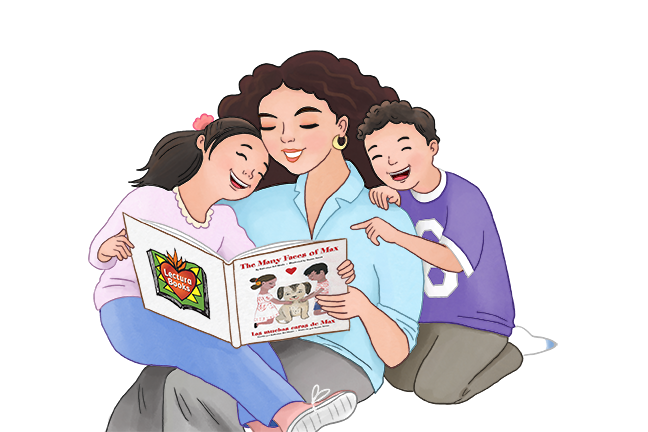There are some distinct differences between bilingual and dual language programs. However, it’s often confusing as to what these differences are. Let’s take a look at what the sources say.
It turns out the adjective “bilingual” is looked at in a few different ways depending on the associated words. For instance, a transitional bilingual program is where students phase out their native language and adopt English, usually within three years. Because the home language receives little focus or none, it’s sometimes called subtractive bilingualism. The ultimate goal, at the end, is for students to join native English-speakers in regular classes, says the article “Bilingual vs. ESL and Bilingual vs. Dual Language.”
On the other hand, a dual language program is often referred to as additive bilingualism, as its aim is to keep the native language intact. A dual language program is also sometimes referred to as a two-way bilingual program and is one of the reasons the terms sometimes get mixed up.
A dual language program, according to the bilingual article, is where approximately 50 percent of the class are native English speakers and the other half speaks a foreign language. Since all students are learning a new language, it goes without saying that this type of program is a big advantage to both.
According to an article on the Every Language Learner website, English Learners (ELs) are defined by the government as Limited English Proficient (LEP). However, the author makes an excellent point when she says she doesn’t see limitations in language learners, only possibilities.
As more and more educators recognize the benefits of a multilingual society, certain outreach programs have been helping to pave the way. For instance, the Latino Family Literacy Project, seeks to retain the student’s native language by helping parents establish an at-home, bilingual reading routine. To help parents in doing this, teachers can attend an online webinar.

